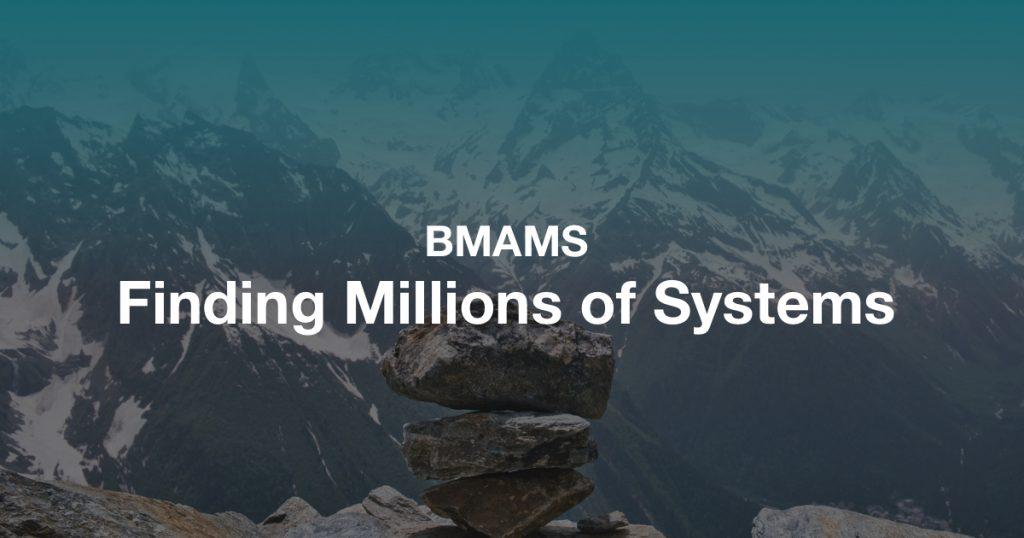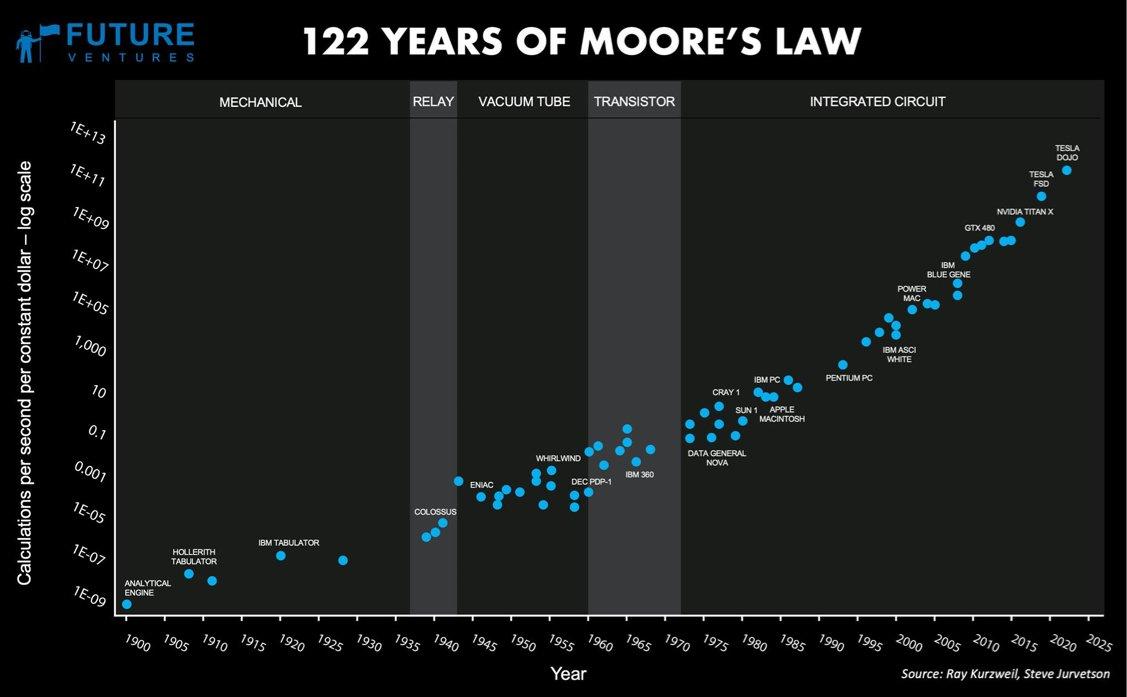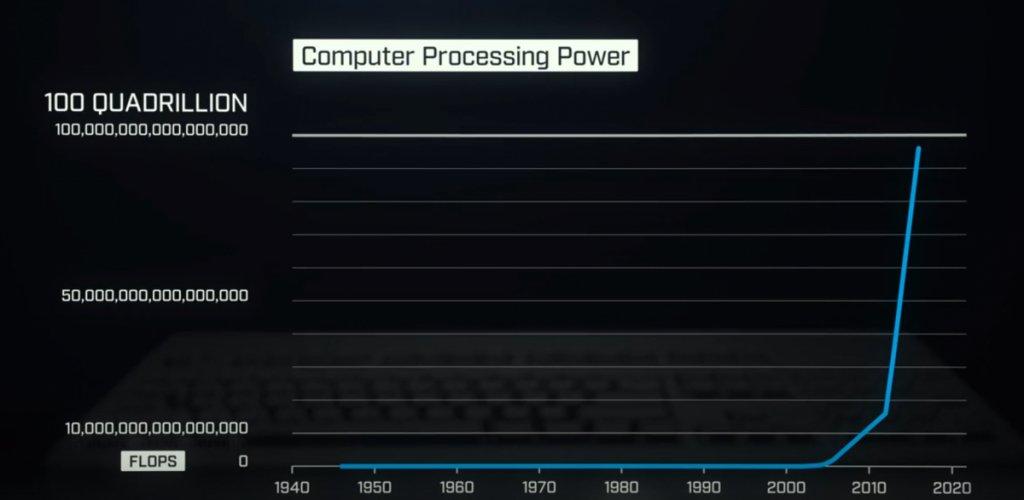
How BMAMS uses powerful, modern computers to search for millions of new systems.
We get the computer to construct systems like a jigsaw puzzle.
It has a group of pieces that it takes, puts together and judges the results.
Then it gets a new set of pieces, puts them together and judges the results. Over and Over.
To do this requires computing power- fortunately over the past 10-15 years, huge developments have occurred with computing power.
Here is a graph of computing power that Bill Gates posted on Twitter:
The growth is phenomenal, and this graph doesn’t really do it justice- because its scale is logarithmic. Each notation on the left axis is a 100x increase in power.
On a normal scale the increase in computing power would appear like this:
This shows the ridiculous amount of power computers have gained in the past 10-15 years.
This power allows us to create about 1 million different jigsaw systems every hour- or nearly 300 a second!
In a typical development search run, we will look at over 20 million systems- the population of London, New York and Paris combined!
Of course, there is more detailed maths and statistics in it than just what is simply explained here- it is merely the first step in the process, but it gives a demonstration of how computing power can help us discover trading systems.
These systems then get filtered and eventually become part of bMAMS’ trading portfolio.
Originally posted on https://www.bmams.com.au/
The post BMAMS: Finding Millions of Systems first appeared on trademakers.
The post BMAMS: Finding Millions of Systems first appeared on JP Fund Services.
The post BMAMS: Finding Millions of Systems appeared first on JP Fund Services.
Read More:
nominal broad u.s. dollar index

Peyman Khosravani is a global blockchain and digital transformation expert with a passion for marketing, futuristic ideas, analytics insights, startup businesses, and effective communications. He has extensive experience in blockchain and DeFi projects and is committed to using technology to bring justice and fairness to society and promote freedom. Peyman has worked with international organizations to improve digital transformation strategies and data-gathering strategies that help identify customer touchpoints and sources of data that tell the story of what is happening. With his expertise in blockchain, digital transformation, marketing, analytics insights, startup businesses, and effective communications, Peyman is dedicated to helping businesses succeed in the digital age. He believes that technology can be used as a tool for positive change in the world.










